Ebola – Agents de suivi
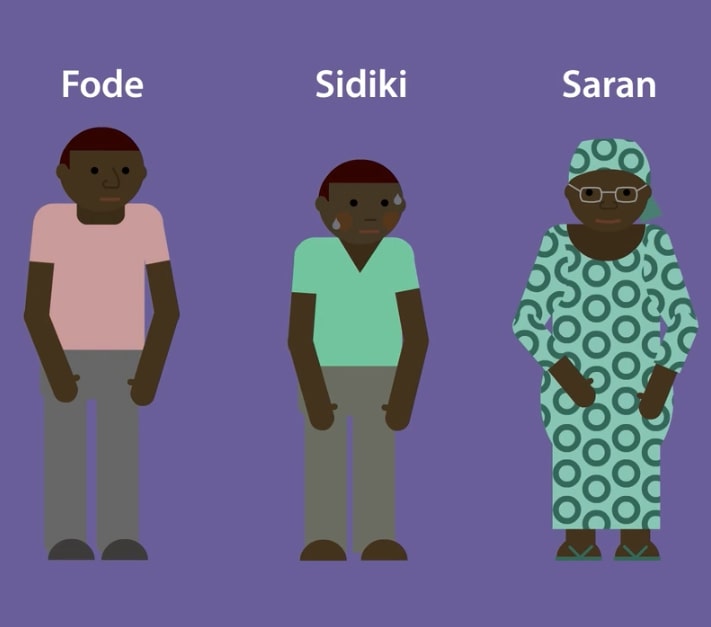 This film discusses the role of community health workers in their essential “contact tracing” work to prevent the spread of Ebola. It explains the role of contact tracers in finding people who have been in contact with an Ebola patient and in raising awareness to help stop the transmission of the disease.
This film discusses the role of community health workers in their essential “contact tracing” work to prevent the spread of Ebola. It explains the role of contact tracers in finding people who have been in contact with an Ebola patient and in raising awareness to help stop the transmission of the disease.
Source: Ebola – Agents de suivi
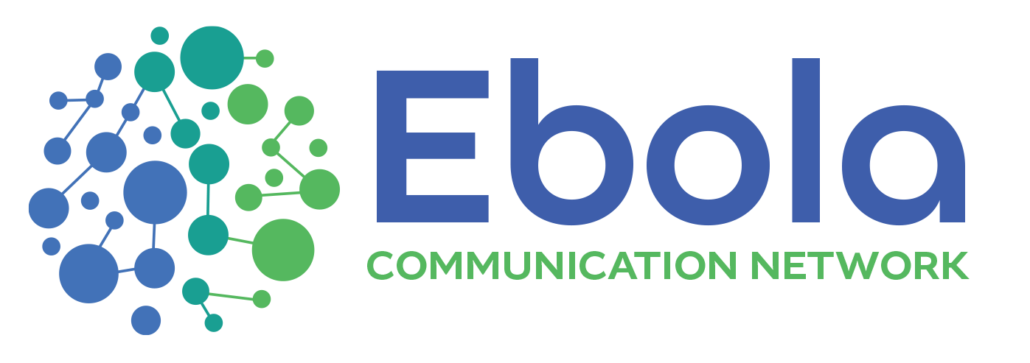
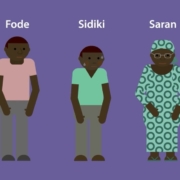
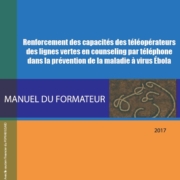
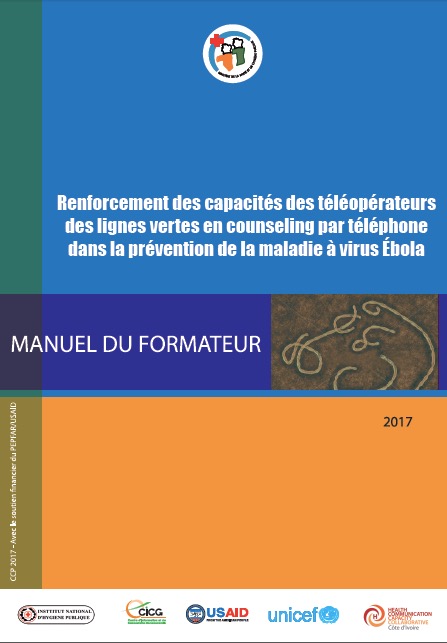 The purpose of this facilitators guide is to build the capacity of hotline operators on EVD and was developed with support of CCP HC3 Cote d’Ivoire.
The purpose of this facilitators guide is to build the capacity of hotline operators on EVD and was developed with support of CCP HC3 Cote d’Ivoire.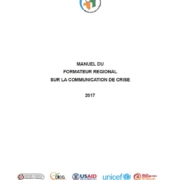
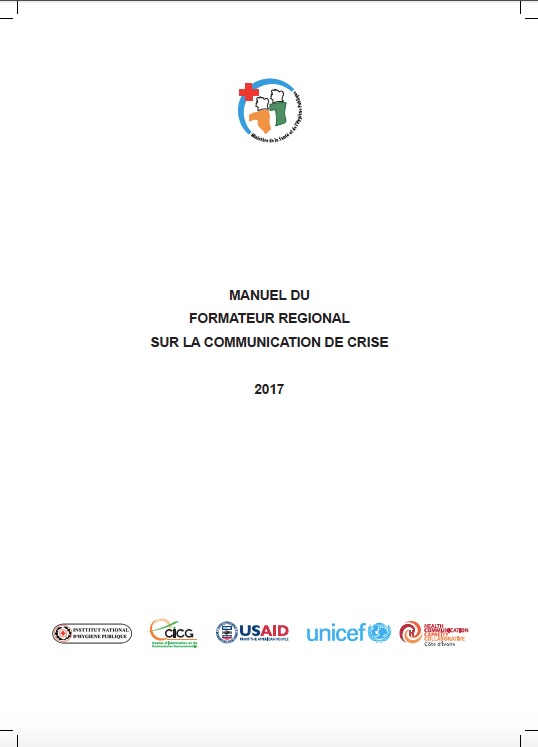 Facilitator guide for regional level training to reinforce, through a participatory approach based on practice, the capacities of journalists from the written press and community radio hosts for better coverage of health crisis situations such as that of Ebola (2017).
Facilitator guide for regional level training to reinforce, through a participatory approach based on practice, the capacities of journalists from the written press and community radio hosts for better coverage of health crisis situations such as that of Ebola (2017).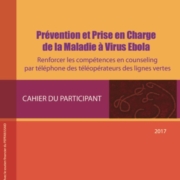
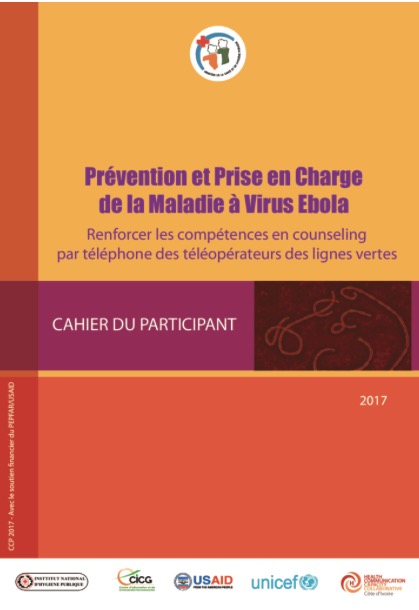 This participant training manual is developed for use by Ebola hotline operators to strengthen telephone counselling skills.
This participant training manual is developed for use by Ebola hotline operators to strengthen telephone counselling skills.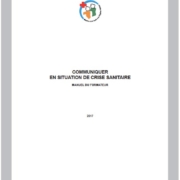
 Training Manual to reinforce, through a participatory approach based on practice, the capacities of journalists from the written press and community radio hosts for better coverage of health crisis situations such as that of Ebola. Developed with Support of HC3 Cote d’Ivoire (2017).
Training Manual to reinforce, through a participatory approach based on practice, the capacities of journalists from the written press and community radio hosts for better coverage of health crisis situations such as that of Ebola. Developed with Support of HC3 Cote d’Ivoire (2017).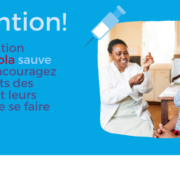
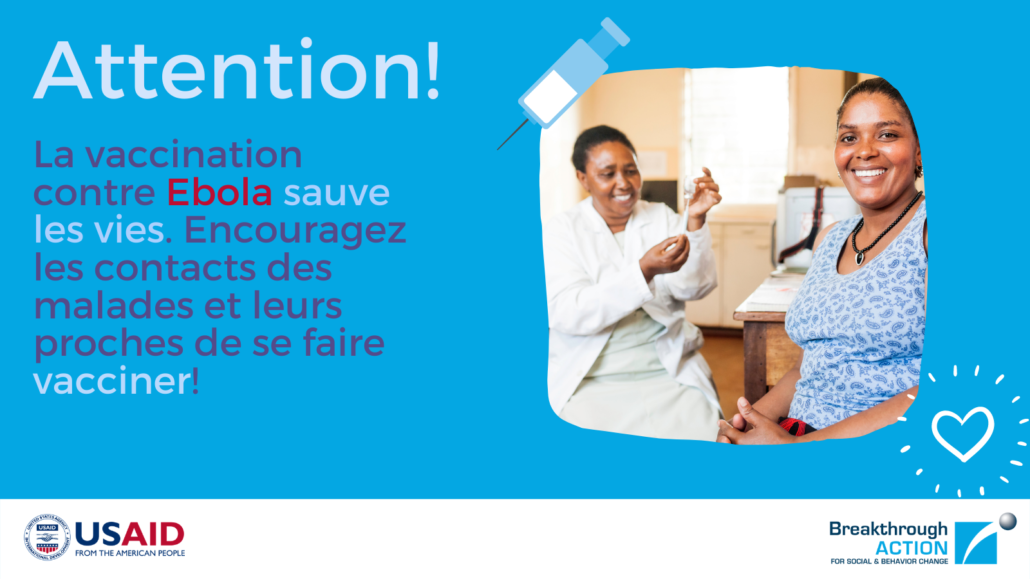 Eight Social Media posts highlighting the return of EVD, Ebola signs and symptoms, hand washing and vaccination to prevent the spread of Ebola
Eight Social Media posts highlighting the return of EVD, Ebola signs and symptoms, hand washing and vaccination to prevent the spread of Ebola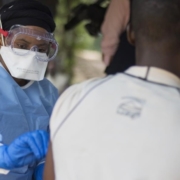
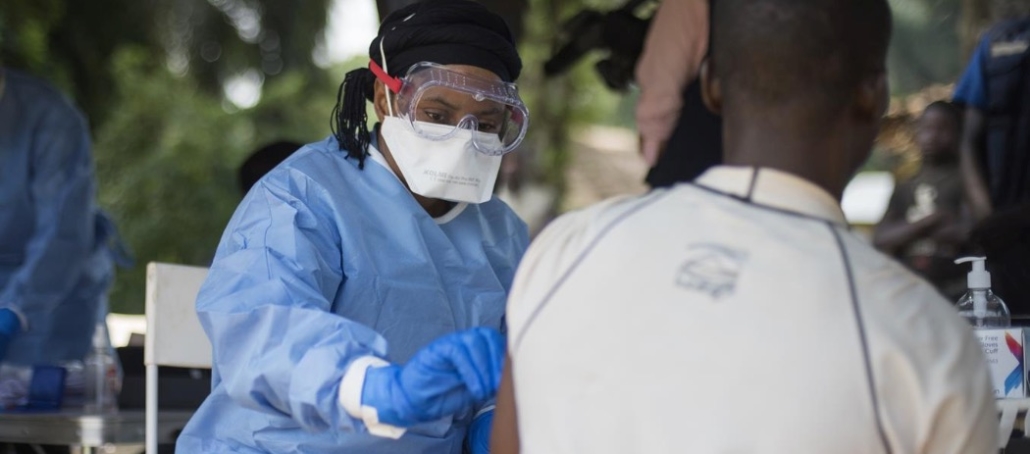 This WHO Ebola fact sheet (2021) provides comprehensive facts on Ebola, covering transmission, symptoms, prevention and control, vaccine, care for those recovered from Ebola and WHO response.
This WHO Ebola fact sheet (2021) provides comprehensive facts on Ebola, covering transmission, symptoms, prevention and control, vaccine, care for those recovered from Ebola and WHO response.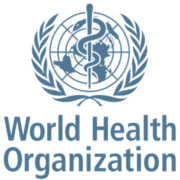
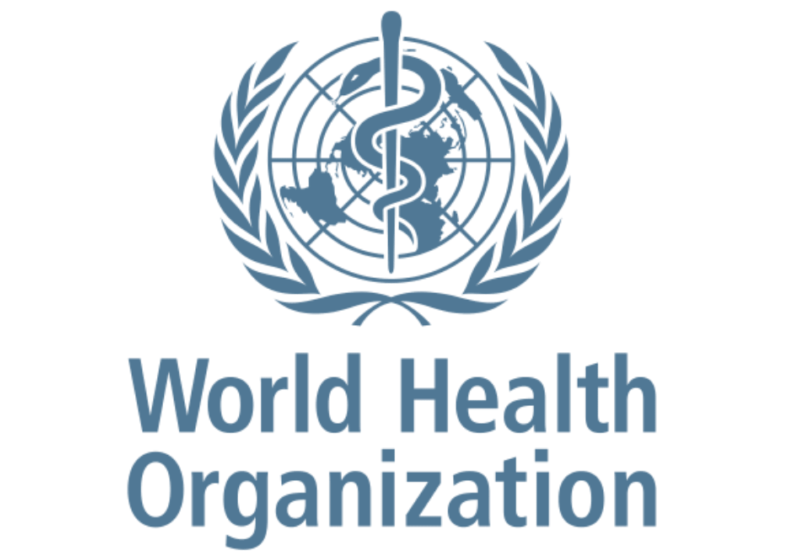
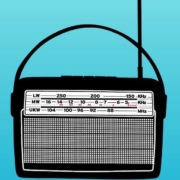
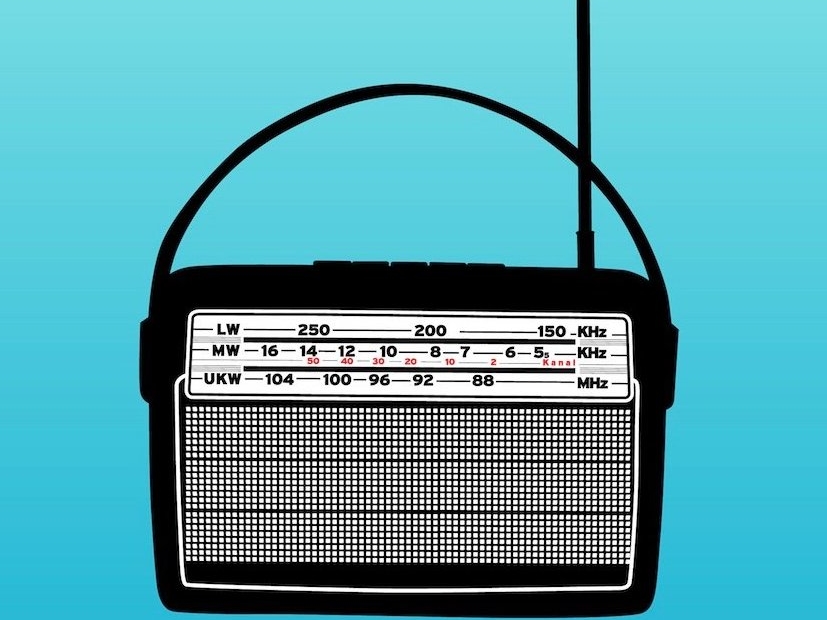 This radio spot addresses the topic: Can property left behind by a deceased Ebola patient facilitate transmission of the Ebola virus, and is produced in 6 languages (French, Swahili, Kikongo, Lingala, Tshiluba and Kinande).
This radio spot addresses the topic: Can property left behind by a deceased Ebola patient facilitate transmission of the Ebola virus, and is produced in 6 languages (French, Swahili, Kikongo, Lingala, Tshiluba and Kinande).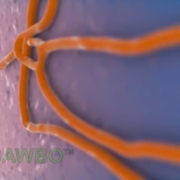
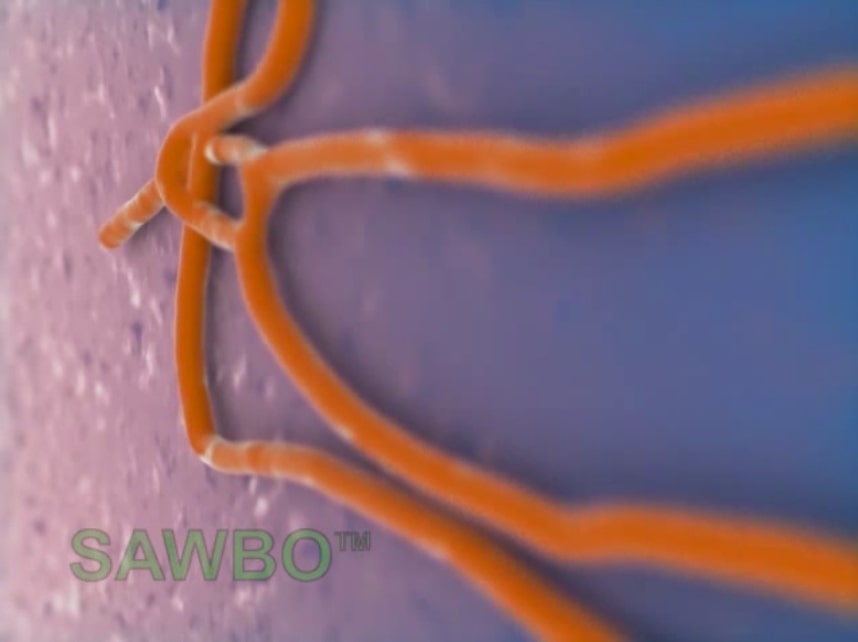 This video from the Democratic Republic of the Congo provides information on the symptoms of Ebola disease, how it is transmitted, and how we can help stop its transmission.
This video from the Democratic Republic of the Congo provides information on the symptoms of Ebola disease, how it is transmitted, and how we can help stop its transmission.